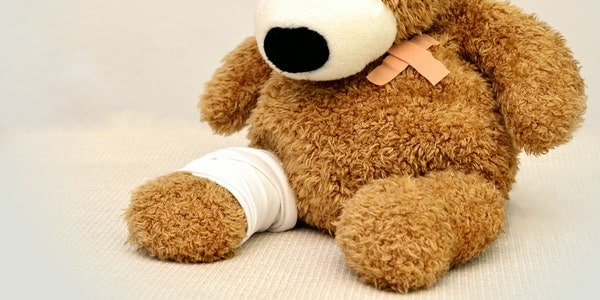Presented by: RS Risk Solutions Ltd
Preventing Slips, Trips and Falls
Slips, trips and falls result in millions of work relate injuries every year. Although common in the workplace, many of these incidents can be averted through proper safety precautions and swift reporting of health and safety violations. Its important to spot unsafe conditions that could lead to slips, trips and falls on site and do what you can to prevent them.
There are numerous ways to slip, trip and fall while working. For example you could slip on a wet substance that is not properly cleaned up, trip over objects left in your path or fall from an elevated position to the ground. To avoid these types of incidents:
• Watch out for foreign substances on the floor, such as water, food, grease or sawdust and clean up spills immediately.
• Clean your footwear thoroughly when entering a building. Avoid running, walk safely and don’t change direction too sharply.
• Watch out for tripping hazards, such as rubbish or objects left in aisles. Report any equipment or supplies left in passageways to your supervisor so the appropriate personnel can remove them.
• Walk In designated walking areas. Shortcuts through areas containing machinery can cause accidents.
• Look where you are going. Horseplay and inattention could increase the likelihood of slips, trips and falls.
• Hold on to handrails when using stairs and ramps to protect you if you fall. When carrying heavy loads that hamper your ability to move freely, ask for help from a colleague or use a lifting device sufficient for the task.
Finally adopt a “see it, sort it” mentality. If you notice a situation that could present a slipping, tripping or falling hazard for you or a colleague, act immediately to remedy it or notify your supervisor.
Managing Cuts and Puncture Wounds
Cut and puncture wound hazards are present in almost every workplace. These injuries generally stem from the use of sharp tools, such as scissors, knives and paper or box cutters. While a puncture wound pierces the skin and makes a small hole, a cut slices through the surface of the skin and in severe cases, penetrates deeper layers of fat or muscle. Both types of injuries can be extremely painful and require adequate medical care.
Considering the prevalence of cuts and puncture wounds, its critical to understand how you can help prevent these injuries at work and be prepared to follow proper first aid guidelines during such incidents.
Preventing Cuts and Puncture Wounds
Cut and puncture wound prevention primarily centres around the safe usage of sharp tools careful cutting practices. Consider these tips:
• Check your work area before starting a cutting task. Ensure your colleagues are a safe distance away from you. If you drop your tool, don’t try to catch it; let it drop to the floor and pick it up afterwards.
• Select the appropriate tool for the task at hand and use it correctly.
• Sharpen or replace your tools blade if its dull. A dull blade requires more energy to cur increasing your chances of an injury.
• Follow all workplace procedures regarding cut and puncture wound prevention. If you do not know what these procedures are, ask your supervisor.
First aid tips for cuts and puncture wounds
If you or a colleague experiences a cut or puncture wound at work:
• Tell your supervisor immediately and remain calm. Have someone to stay with you or your colleague to watch for severe bleeding.
• Wash the area around the wound as gently as possible with unscented soap and cool water.
• Place gentle pressure on the wound with clean gauze, cotton or another absorbent material to control the bleeding. If the wound is on an arm or leg its best to raise it above the heart to further slow the bleeding.
• Apply antibacterial ointment and a clean bandage that will not stick to the wound when the bleeding stops.
• Seek medical attention right away if you or your colleague experience severe bleeding or the wound is particularly large or deep.
Your safety is our first priority. Talk to your supervisor if you have any further questions regarding cuts and puncture wounds.

